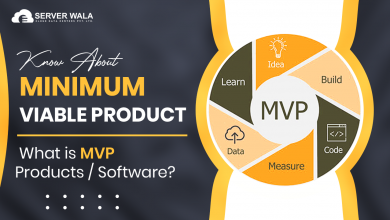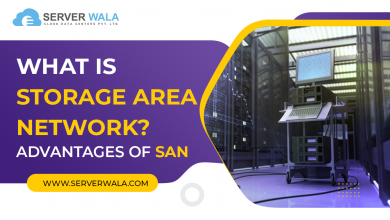How to Analyze Data Using SPSS?

What is SPSS?
Oftentimes, researchers consider SPSS data analysis over any other solution even when it might offer robust in-built reporting features that can be employed easily and are present for most surveys such as NPS, online, and employee satisfaction. This is because SPSS serves as the best-in-class solution according to the users or researchers when it comes to in-depth statistical analysis.
SPSS is an acronym utilized for Statistical Package for the Social Sciences. Researchers from different fields employ SPSS for complex statistical data analysis. The SPSS software package was initially ventured in 1968 by SPSS Inc. Further, it was then formulated by IBM in 2009. SPSS was originally developed for the statistical analysis and administration of social science data.
Although it has now come up as officially dubbed IBM SPSS Statistics. However, many users refer to it as SPSS till date. Moreover, SPSS is recognized as the global standard for social science data analysis. It is widely preferred because of its straightforward, English-like command language as well as its thorough user manual.
At present, the Statistical Package for the Social Sciences is utilized by various users, including marketing organizations, health researchers, data miners, market researchers, education researchers, survey companies, and government entities. Also, various other online survey platforms utilize SPSS statistical analysis for processing and interpreting survey data.
On the other side, some top research agencies utilize SPSS analysis to examine survey data and study text data to acquire the best out of their research and survey projects.
The Core Functions of SPSS
When it comes to core functions of SPSS data analysis, four significant programs can help researchers with their complex or intricate data analysis necessities. Dive into the sections below and check them out!
1. Statistics Program
The Statistics program of SPSS analysis enables the researchers to acquire access to a plethora of fundamental statistical functions. For instance, some of the basic functions are bivariate statistics, frequencies, and cross-tabulation.
2. Modeler Program
The Modeler program of SPSS data analysis helps researchers build and validate predictive models while employing advanced statistical procedures.
3. Text Analytics for Surveys Program
The other significant program of SPSS statistical analysis is the Text Analytics for Surveys program. Text analytics enables survey administrators to discover effective insights such as open-ended survey questions, reactions or responses, etc.
4. Visualization Designer
The fourth program to analyze data using SPSS is Visualization Designer. With the Visualization Designer program, researchers can make use of their data for constructing an extensive assortment of visuals such as radial boxplots, density charts, etc., out of their survey data. They can create such visuals with ultimate ease while using SPSS’s Visualization Designer.
Furthermore, SPSS data analysis is also at the forefront for rendering data management solutions in addition to the above four paramount programs. These solutions for data management let researchers conduct the following –
- Performing file reshaping
- Case selection
- Creating derived data
Researchers can store a metadata dictionary as well with the help of data documentation offered by SPSS. This metadata dictionary serves as a centralized repository of information about the data that might suggest meaning, origin, utilization, relationships to other data, format, etc. Here are statistical methods that one can take advantage of in SPSS analysis –
- Descriptive statistics method – It consists of methodologies like descriptive ratio statistics, frequencies, and cross-tabulation.
- Bivariate statistics method – It comprises methodologies like correlation, means, analysis of variance (ANOVA), and nonparametric tests.
- Numeral outcome prediction method – It includes functions such as linear regression.
- Prediction for identifying groups method – This involves methodologies like cluster analysis and factor analysis.
The Benefits of Using SPSS Data Analysis
Since the SPSS data analysis focuses on analyzing statistical data, it serves as an incredibly influential tool for manipulating and interpreting survey data. Further, it becomes clean and easy for users to execute the process of data pulling and manipulating when they analyze data using SPSS.
As soon as the survey data gets exported to SPSS, the possibilities for statistical data analysis become practically endless. With SPSS analysis, one can acquire a highly flexible and customizable way to examine the minute details even among the most complex data sets. This enables the researchers to obtain efficacious privileges to do the best at their jobs, such as illustrating informed conclusions, recognizing trends, designing prediction models, and many other aspects.
Mentioned below are the further key benefits of SPSS data analysis –
- Statistical Package for the Social Sciences is a software package that can be operated for logical batched and non-batched statistical analysis.
- SPSS analysis is compelling for both qualitative and quantitative data.
- It lets the users have the freedom to choose the required graph type.
- Users are not required to possess the expertise, have technical knowledge, or put in effort while using this software.
- SPSS data analysis considerably reduces the time required to get the task done compared to other statistical tools.
- It also helps in diminishing the probability of the event of errors.
- Statistical Package for the Social Sciences is available for mainframe as well as personal computers.
Also Read: Ping Command Examples for Linux Users





